
Husband/Father; Irish Solicitor, Senior Counsel & Notary Public; Mediator; Dispute Resolver; Insolvency Practitioner; Author; Speaker; Trademark Agent.
19 subscribers
How to get URL link on X (Twitter) App



 Breathalyser is introduced in Ireland.
Breathalyser is introduced in Ireland.


 there’ who are not regulated professionals and who do not act for a State body such as MABS but who purport to ‘assist’ vulnerable people in debt, selling them a crock of nonsense that there is some ‘trick of the legal loop’ through which one can readily and simply avoid the
there’ who are not regulated professionals and who do not act for a State body such as MABS but who purport to ‘assist’ vulnerable people in debt, selling them a crock of nonsense that there is some ‘trick of the legal loop’ through which one can readily and simply avoid the 

 preying on the Spanish and Portuguese ships returning with booty from the Americas.
preying on the Spanish and Portuguese ships returning with booty from the Americas.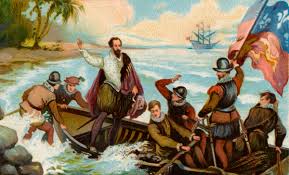
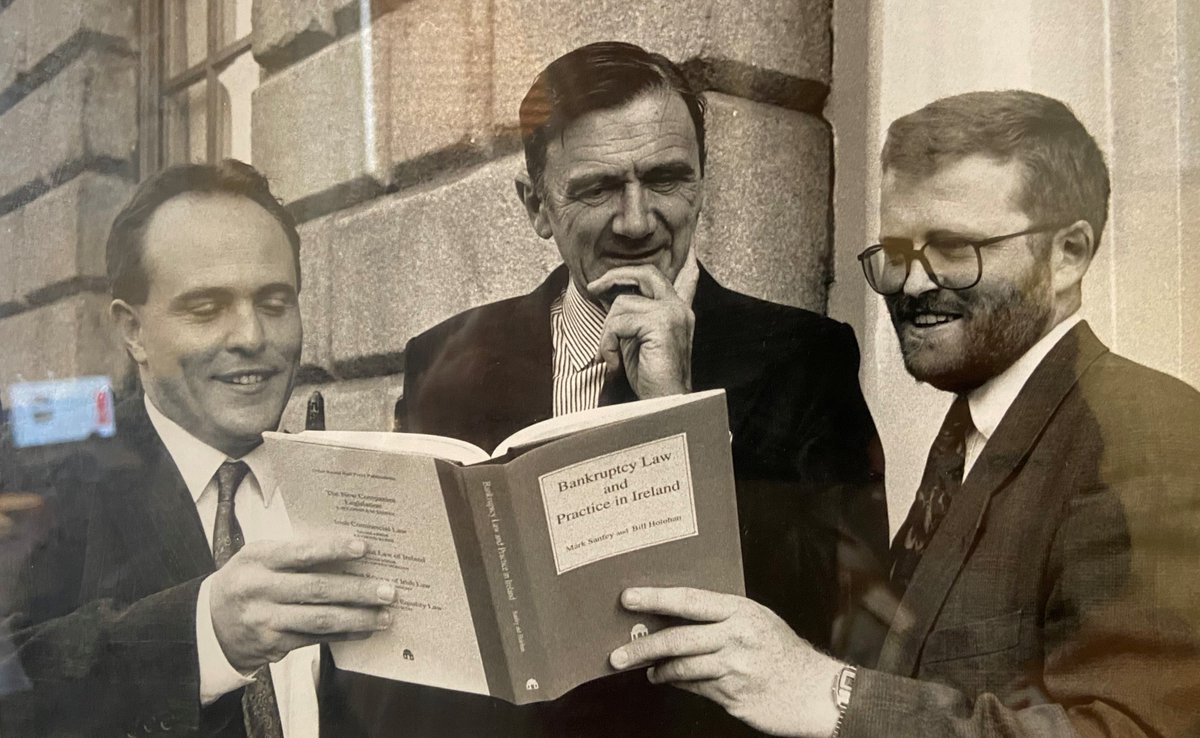
 bankruptcy judge back then and he "performed the honours" in terms of the launch which was also attended by the late Chief Justice Tom Finlay and retired Supreme Court Judge Brian Walsh.
bankruptcy judge back then and he "performed the honours" in terms of the launch which was also attended by the late Chief Justice Tom Finlay and retired Supreme Court Judge Brian Walsh.

 surrender of the post-office,' the Examiner editorial commented, 'which a few stupid blockheads have been able to do to the public.'
surrender of the post-office,' the Examiner editorial commented, 'which a few stupid blockheads have been able to do to the public.'

 Thought of as noble, he claimed to be Richard, Duke of York, one of the disappeared "Princes in the Tower" & the one true King.
Thought of as noble, he claimed to be Richard, Duke of York, one of the disappeared "Princes in the Tower" & the one true King. 


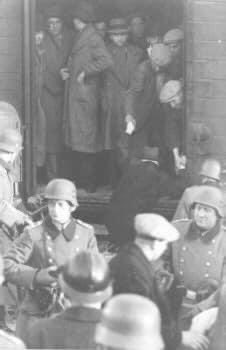 “Eichmann transport" to Auschwitz & Birkenau concentration camps began as part of the Nazi Final Solution. This happens when we think of people as others: “them”. This leads to “them” being dehumanized. This leads to things like ethnic cleansing in Bosnia or to massacres in holy
“Eichmann transport" to Auschwitz & Birkenau concentration camps began as part of the Nazi Final Solution. This happens when we think of people as others: “them”. This leads to “them” being dehumanized. This leads to things like ethnic cleansing in Bosnia or to massacres in holy 



 be used 'for the provision or maintenance of any church, chapel or any other place of religious worship or observance'. Accordingly, the funds required for building a University Chapel had to be provided from private sources. Fortunately, the administrator of the 1913 bequest of
be used 'for the provision or maintenance of any church, chapel or any other place of religious worship or observance'. Accordingly, the funds required for building a University Chapel had to be provided from private sources. Fortunately, the administrator of the 1913 bequest of 

 the vicinity. A hose was connected to a water main & efforts made to concentrate on preventing the fire from spreading.
the vicinity. A hose was connected to a water main & efforts made to concentrate on preventing the fire from spreading.

 Irish House of Commons which was abolished following the Act of Union in 1800.
Irish House of Commons which was abolished following the Act of Union in 1800. 

 attacks on RIC barracks nationwide, over 700 of the approximately 1,300 open in January 1919 were closed by January 1921. Co. Cork with 123 in January 1919, followed the trend of barrack closures & by January 2021, only 43 remained. 9 of the 16 barracks in Cork city and environs
attacks on RIC barracks nationwide, over 700 of the approximately 1,300 open in January 1919 were closed by January 1921. Co. Cork with 123 in January 1919, followed the trend of barrack closures & by January 2021, only 43 remained. 9 of the 16 barracks in Cork city and environs 

 Liberator, a lawyer, realised that as a Catholic, while he was forbidden to take a seat in Parliament, there was no law preventing him running for election. He was elected in 1828. Prime Minister Duke of Wellington & top aide Robert Peel, the Home Secretary, until then called
Liberator, a lawyer, realised that as a Catholic, while he was forbidden to take a seat in Parliament, there was no law preventing him running for election. He was elected in 1828. Prime Minister Duke of Wellington & top aide Robert Peel, the Home Secretary, until then called 

 the Three Kingdoms, (between England, Ireland and Scotland), Blood switched allegiances from King Charles to Oliver Cromwell whenever it suited him.
the Three Kingdoms, (between England, Ireland and Scotland), Blood switched allegiances from King Charles to Oliver Cromwell whenever it suited him.

 resolved before the land courts, the Phoenix Park murders took place.
resolved before the land courts, the Phoenix Park murders took place. 
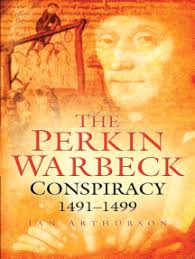
 to be be noble, he soon claimed to be Richard, Duke of York, one of the disappeared "Princes in the Tower", and the one true King.
to be be noble, he soon claimed to be Richard, Duke of York, one of the disappeared "Princes in the Tower", and the one true King. 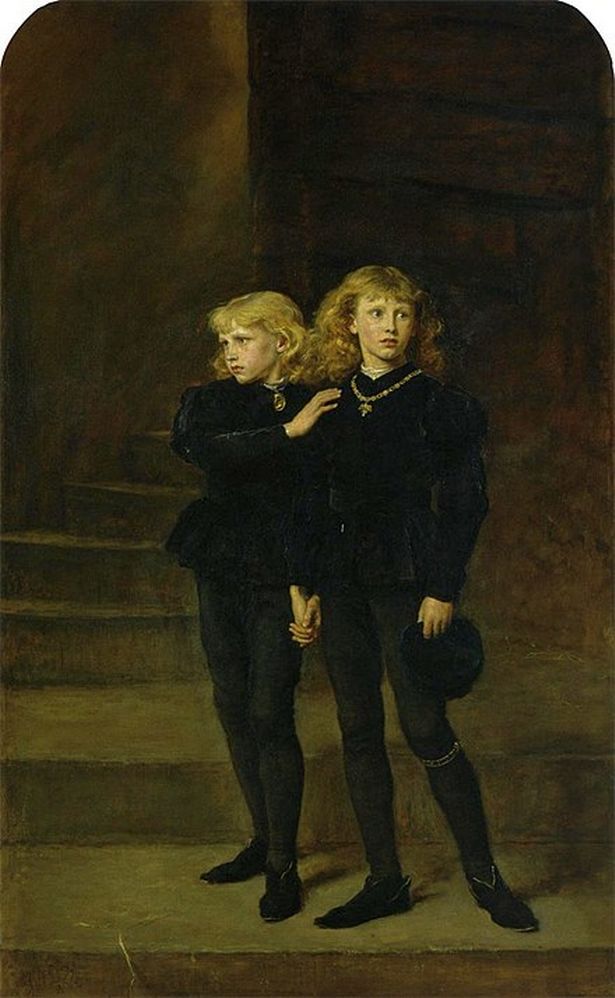


 City. One of the Fair Lane lads threw a stone & broke the skin of the Blackpool Band's room. Fisticuffs ensued. The Fair Lane Band managed to destroy the Blackpool drum & damage some instruments. The police dispersed the mob.
City. One of the Fair Lane lads threw a stone & broke the skin of the Blackpool Band's room. Fisticuffs ensued. The Fair Lane Band managed to destroy the Blackpool drum & damage some instruments. The police dispersed the mob.

 later largely airbrushed from the official history. Was this because she was a woman?
later largely airbrushed from the official history. Was this because she was a woman?

 50 and over”. The Vintners Federation in London still sends on the £24 payment annually to Skiddy’s charity. Skiddy’s first almshouse was located near the North Gate Bridge in Cork & opened in 1620, being destroyed in the 1690 Siege of Cork in 1690 but repaired. By 1718 it was
50 and over”. The Vintners Federation in London still sends on the £24 payment annually to Skiddy’s charity. Skiddy’s first almshouse was located near the North Gate Bridge in Cork & opened in 1620, being destroyed in the 1690 Siege of Cork in 1690 but repaired. By 1718 it was 

 Sessions Clerk (Ireland) Act 1881 the appointment needed approval from the Lord Lieutenant, who rejected her appointment by the local magistrates telling them to appoint someone else.
Sessions Clerk (Ireland) Act 1881 the appointment needed approval from the Lord Lieutenant, who rejected her appointment by the local magistrates telling them to appoint someone else. 

 Supernatural beings were believed to possess magic powers which could be invoked through an uttered curse and which would punish people who broke their promise. The oath was a traditional self-curse used as security for a promise. Eventually, the God of monotheistic religions
Supernatural beings were believed to possess magic powers which could be invoked through an uttered curse and which would punish people who broke their promise. The oath was a traditional self-curse used as security for a promise. Eventually, the God of monotheistic religions 

 Hospital, in Limerick, in February 1953. He was found by the Gardai (police) because he had left a distinctive hat at the scene of the crime and was found with the yellow beret his victim had been wearing. Manning’s headpiece was, as Dermot Walsh described in his book on the
Hospital, in Limerick, in February 1953. He was found by the Gardai (police) because he had left a distinctive hat at the scene of the crime and was found with the yellow beret his victim had been wearing. Manning’s headpiece was, as Dermot Walsh described in his book on the 